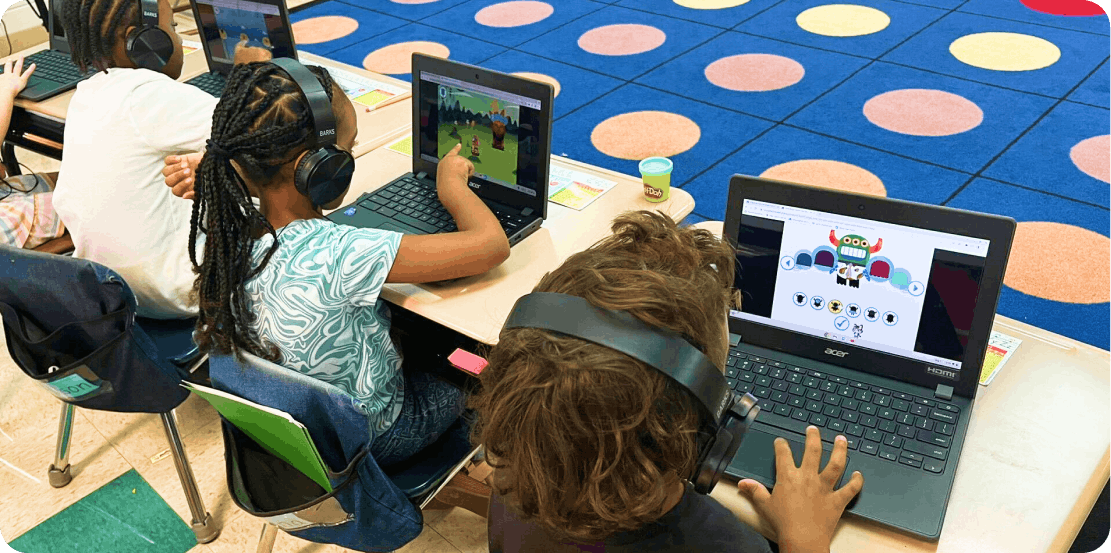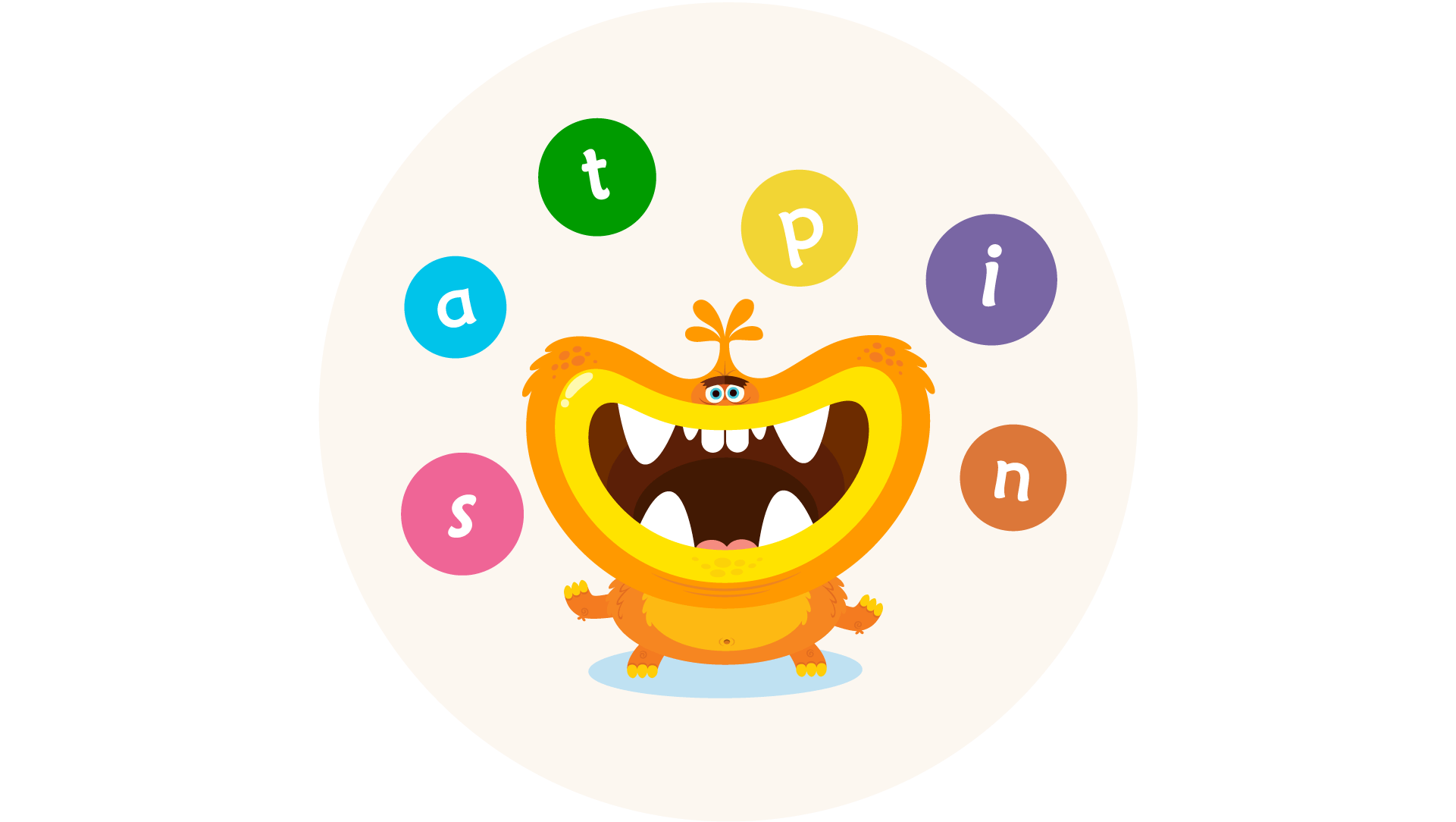Adventures in language!
Learning to read English with Teach Your Monster
(5 minute read)

We’ve had many reports that our phonics game has been very supportive for teachers working with students who have English as an Additional Language (EAL). We wanted to find out more, so we caught up with EAL specialist teacher Adon Polatka. Currently working in an elementary school (K-5) in Northern Kentucky, Adon has over 75 active EAL students, with 18 different languages represented in his caseload.
Having first downloaded the game in 2015, we were interested in what keeps Adon using it with his EAL students year after year. The answer came down to three key benefits: it supports foundational reading skills, adds a trusted and helpful tool to his teaching practice and builds important resilience in learners.
Supporting foundational reading skills:
Teach Your Monster to Read is built on phonics progression and reading pedagogy, supporting children through the very first stages of learning letter-sounds, all the way to reading short sentences. A crucial phase that often comes a bit later for EAL students, Adon supports children in catching up to the stages of their native English-speaking peers, using the game to help.
“I used it a lot for my newcomers and younger primary students, and so for first, second, third graders who are new to our country and new to learning English and what the letter names are, what the sounds are that they make, and so I used the game as support so that they could start understanding the letters that they're seeing in their classroom, and just found that it was really helpful for my students, so… brilliant.”

Going deeper into this, Adon believes the interactive nature of the game enhances students’ engagement and retention.
“The basic foundation of reading - what are the letters, what are the sounds - the game covers that in a fun way. It helps them to learn. They're more motivated to learn and be engaged with it, as opposed to watching a YouTube video that's just going over what the letters are.
They're not just sitting and receiving, they're actually doing something to learn and be exposed to that content, which I think is unique, you know, like they talk about putting pen to paper and journaling - the action does something with your brain structure.
There's something I think that happens extra for them that is motivating, and they're just more engaged as a learner, which helps them to acquire that skill and that content knowledge.”
A trusted and helpful tool:
The game was designed for children to engage with it independently of adult input. For Adon, this support enables him to implement a complementary approach between game-based learning and direct teaching in his English Language Arts groups. While he works one-on-one with one student, he trusts the game to support and progress the other students.
“I'd have four or five students on the program, and then I would pull one of them at a time, and we'd work on either sight words or letter name fluency, letter sound fluency, a reading passage, to see where they're at with their decoding skills.
And so, while I would work with one student, the other students would be on that program just to get that support.”
Furthermore, unique game-like structures promote continued engagement with the learning. Adon states that the children love that they can collect rewards on their adventures in game:
“They like getting the stars so they can modify their monster, which is really helpful. They know that if they keep working hard on it, they'll get more stars, they can modify their monster and get fun things."
Building resilience:
As well as supporting the kids in learning how to read, the minigames encourage children to keep trying, build resilience and increase reading stamina.
“I think, a good productive struggle for them, are the games where they have to hop across lily pads, and the word is ‘ring’, so they have to identify what's the ‘r’ sound, what's the short ‘i’ sound, what's the ‘ng’ sound.
They run into trouble with some of those blends or digraphs, short vowel sounds, but it's really helpful for them because then they have to start over, and it repeats that. It gives them a chance to keep practising until they understand it.
I think a lot of our students struggle with that grit and resilience as learners, and so I, as a teacher, appreciate them just practising and working through it. They know, ‘if I get this, I'll get to the end of this particular minigame, and then I'll be able to progress through the level’, so it's a fun struggle for them.”

For our final note, we asked Adon, “What does Teach Your Monster mean to you?”
“Teach Your Monster to Read is helpful support for my students, that is fun and engaging. It's educational, it's supportive of them, and they're trying to acquire skills in order to be able to read, in order to be more successful as a student in their classroom. I really appreciate it.
I enjoy seeing my students engage with it, and have fun with it, while learning. As teachers, we want our students to learn, but to see them enjoy that process is a great reward for me, so I'm really grateful for that.”